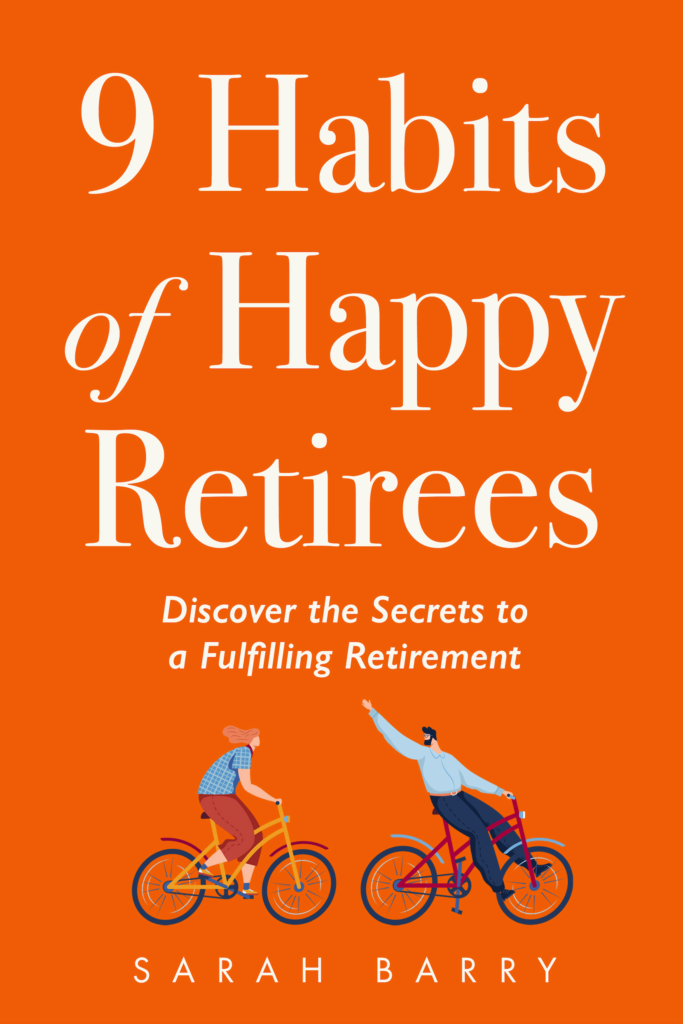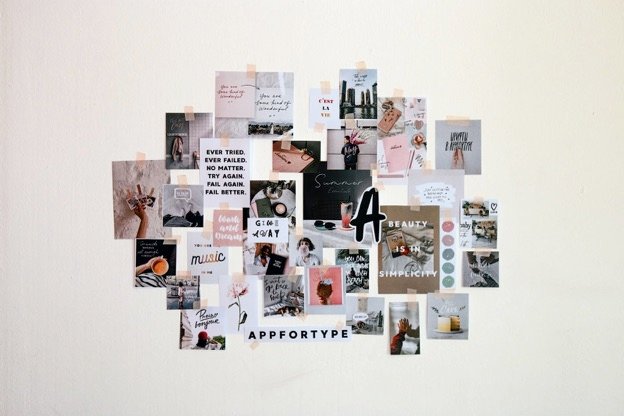How to Make a Vision Board — Especially for Retirement
Rediscover purpose, joy, and clarity for the next chapter of your life.
Introduction: A New Kind of Planning
You’ve planned for retirement with spreadsheets and savings accounts, financial advisors and pension projections. But have you planned for your life in retirement?
Beyond numbers and logistics lies a more personal question:
What do I want this season of life to feel like?
A vision board is a creative and emotional tool that helps you answer that question. It gives form to dreams that haven’t yet been spoken and anchors you in what really matters—especially when the structures of a career or family role have faded.
For many retirees, a vision board becomes more than a craft project. It’s a chance to:
- Reclaim long-held dreams
- Define a fresh identity
- Stay motivated and intentional
- Feel excited about what lies ahead
Let’s explore how.
What Is a Vision Board?
A vision board is a visual representation of your dreams and goals. Think of it as a personal roadmap, created from images, words, symbols, and affirmations that resonate with your hopes for the future.
It might be filled with magazine cutouts, printed photos, hand-written notes, drawings, or digital collages. But at its heart, a vision board is about what you want to invite into your life—experiences, emotions, habits, or accomplishments.
And in retirement, the possibilities are endless.
Why Vision Boards Work—Even in Later Life
While the research on vision boards is still emerging, several psychological benefits are already well-documented:
✅ Visualization strengthens motivation.
Imagining a positive future activates the same parts of the brain as physically working toward it. This can increase your motivation and action-taking capacity.
✅ Clarity boosts confidence.
When you can “see” what you want, it becomes less abstract and more attainable. This clarity reduces overwhelm—especially helpful when faced with a sea of retirement options.
✅ Positive emotions fuel momentum.
A vision board centered on hope and joy can spark enthusiasm, which research shows leads to broader thinking, better decision-making, and greater well-being (Lyubomirsky et al., 2005).
In short: it’s not magic. But it is meaningful.
Why Retirement Is the Perfect Time to Create a Vision Board
Retirement is both a milestone and a blank slate. You’ve shed the roles of manager, employee, boss, commuter. Now the questions become:
- Who am I without my title?
- What rhythms do I want in my day?
- What makes me feel alive?
- What do I still want to learn, create, or give?
Vision boards are tools of transition. They help you shape your new narrative—not based on what the world expects, but on what you now want.
Step-by-Step: How to Make a Retirement Vision Board
1. Reflect Deeply Before You Begin
Grab a notebook or journal and explore these retirement-specific prompts:
- What does “a good life” mean to me now?
- What have I always wanted to do but never had time for?
- What parts of my past life do I want to carry forward—and which to let go?
- How do I want to spend my mornings? My evenings?
- What values or emotions do I want to feel more of in this chapter?
Don’t skip this step—your board will only be as powerful as your clarity.
2. Choose a Focus or Theme
Rather than try to capture everything, choose one or two themes for your vision board. This helps it feel less chaotic and more directed.
Possible themes for retirees:
- Health and vitality
- Personal growth and learning
- Connection and relationships
- Travel and adventure
- Simplicity and peace
- Legacy and contribution
- Creativity and expression
You can always make a second board later.
3. Gather Your Materials
For a physical board:
- Poster board or corkboard
- Old magazines
- Printed photos or images from the internet
- Glue, scissors, washi tape, markers
- Affirmation cards or quote clippings
For a digital board:
- Canva, Pinterest, Google Slides, or Notion
- Create folders by category (e.g., Travel, Creativity, Health)
- Screenshot or save inspiring visuals and place them into a collage
4. Curate Intentionally
As you begin cutting or selecting images, ask:
- Does this image feel right—not just look good?
- Is this something I truly want, or something I think I should want?
- Does it reflect who I am becoming, not just who I’ve been?
Arrange images based on importance—central goals in the middle, supporting desires around the edges. Let emotion guide your layout more than logic.
5. Add Affirmations or Personal Messages
Words are powerful. Include inspiring phrases, values, or reminders like:
- “I am healthy and free.”
- “My creativity has no age limit.”
- “I give myself permission to rest and explore.”
- “It’s never too late to begin again.”
You might even include a letter to your future self or a gratitude list of what you already have.
6. Display It Where It Inspires You
Your vision board shouldn’t live in a drawer.
Place it:
- In your home office or reading nook
- Near your bed to see each morning and evening
- On your phone or computer background (for digital versions)
Return to it often—not just as a goal-setting tool, but as a daily emotional compass.
Vision Board Examples from Real Retirees
✨ Marcia’s “Health & Harmony” Board
Filled with images of yoga, green smoothies, ocean views, and her grandchildren. Her intention? To feel strong, balanced, and deeply connected.
✨ Bill’s “Second Act” Board
His board focused on teaching part-time, publishing a book, and traveling with his wife to three dream destinations. He included quotes like “You’re never too old to set a new goal.”
✨ Ana’s “Creative Bloom” Board
Ana’s collage featured art supplies, galleries, and pottery studios. Retired at 62, she used it to rediscover her love of visual art and start selling her pieces online.
What will yours include?
A Gentle Word on Caution
Vision boards are invitations, not instructions. They’re emotional blueprints—not predictions.
The idea isn’t that you paste a mansion or cruise ship onto your board and wait for it to appear. The real magic lies in:
- Clarifying what matters
- Feeling inspired daily
- Aligning small steps with big dreams
Use your board as fuel, not fantasy.
Final Thoughts: Your Life, Reimagined
Retirement is a season rich with possibility—but only if we define it for ourselves. A vision board isn’t a one-time activity. It’s a conversation with your future. A way to say:
“This is who I want to be now. This is how I want to feel. This is the life I choose to create.”
And that kind of clarity?
That’s what makes this stage of life truly powerful.
Want more inspiration for a fulfilling retirement?
Check out 9 Habits of Happy Retirees and the companion workbook—available now on Amazon.

Retirement Re-defined
“9 Habits of Happy Retirees” is your guidebook to crafting a retirement lifestyle that goes beyond financial security, focusing on the habits that lead to true happiness and contentment in your golden years.

The Essential Workbook
This workbook is designed to complement the book’s theoretical foundation, it offers a hands-on approach to improving your mental, emotional, and social well-being in retirement.

